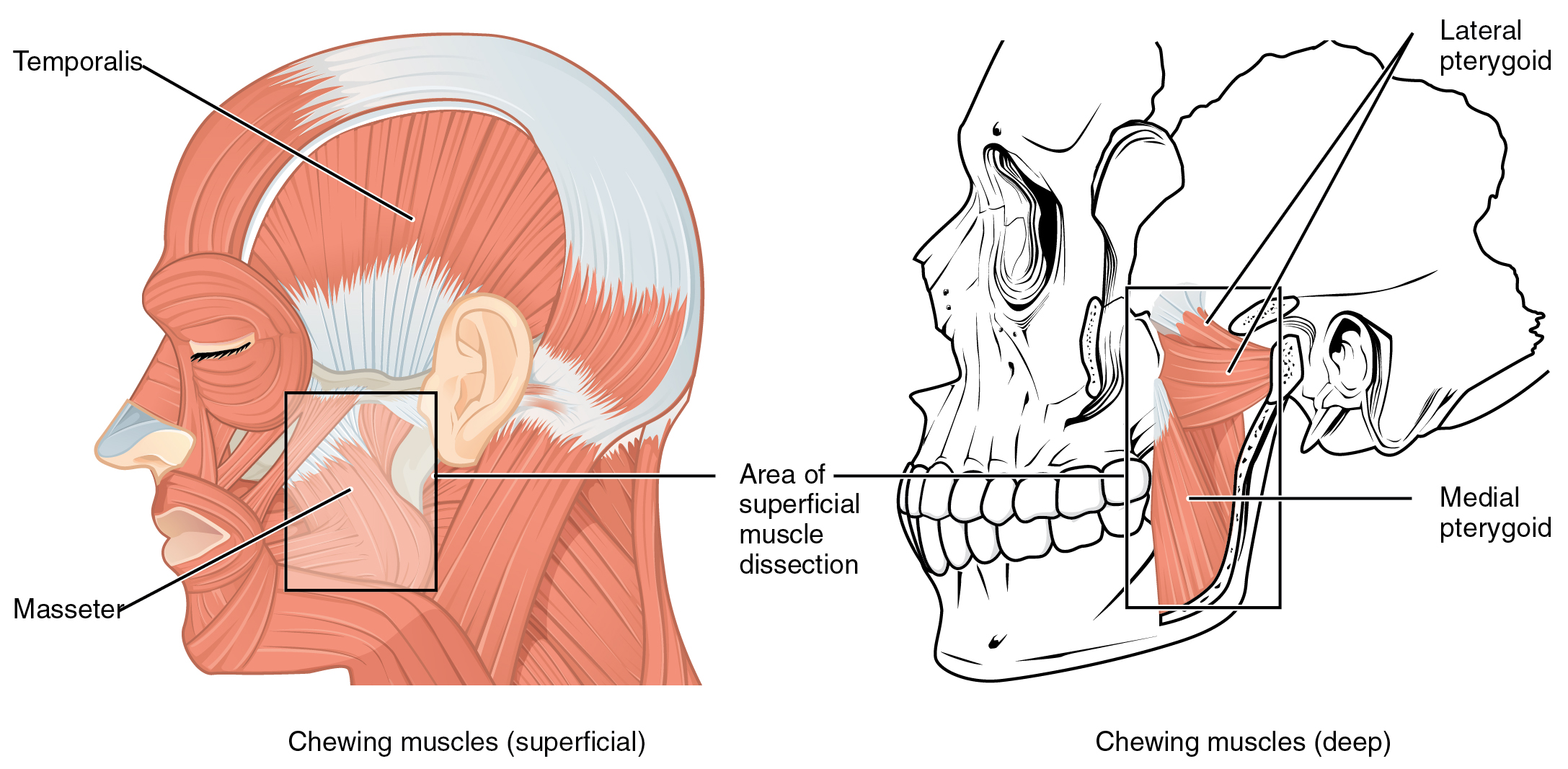WBR0937: Difference between revisions
Jump to navigation
Jump to search
Sergekorjian (talk | contribs) No edit summary |
m (refreshing WBR questions) |
||
| Line 1: | Line 1: | ||
{{WBRQuestion | {{WBRQuestion | ||
|QuestionAuthor=William J Gibson (Reviewed by Serge Korjian) | |QuestionAuthor=William J Gibson (Reviewed by Serge Korjian) | ||
|ExamType=USMLE Step 1 | |ExamType=USMLE Step 1 | ||
Latest revision as of 02:07, 28 October 2020
| Author | PageAuthor::William J Gibson (Reviewed by Serge Korjian) |
|---|---|
| Exam Type | ExamType::USMLE Step 1 |
| Main Category | MainCategory::Anatomy |
| Sub Category | SubCategory::Head and Neck, SubCategory::Musculoskeletal/Rheumatology |
| Prompt | [[Prompt::An anatomy PhD student is performing an experiment to determine the muscles involved in mouth opening and clenching. He records electromyographic (EMG) activity from the inferior and superior heads of muscle A. Little EMG activity was noted in the inferior head during clenching of the mandible. However, strong activity was recorded from the inferior head during opening of the jaw. Which of the following does muscle A most likely represent?]] |
| Answer A | AnswerA::Masseter |
| Answer A Explanation | AnswerAExp::The masseter is one of the muscles of mastication, but it is responsible for closing the jaw. |
| Answer B | AnswerB::Lateral pterygoid |
| Answer B Explanation | AnswerBExp::The lateral pterygoid is the only muscle of mastication with two heads, and the only muscle responsible for opening the jaw. |
| Answer C | AnswerC::Medial pterygoid |
| Answer C Explanation | AnswerCExp::The medial pterygoid is responsible for closing the jaw. |
| Answer D | AnswerD::Temporalis |
| Answer D Explanation | AnswerDExp::The temporalis is a large muscle on the lateral edge of the skull responsible for closing the jaw. |
| Answer E | AnswerE::Mylohyoid |
| Answer E Explanation | AnswerEExp::The mylohyoid muscle is not classically considered a muscle of mastication. It serves to elevates the hyoid and the tongue during swallowing and speaking. |
| Right Answer | RightAnswer::B |
| Explanation | [[Explanation::The human body contains four muscles of mastication (chewing): the masseter, the medial pterygoid, the lateral pterygoid and the temporalis. Of these muscles, only the lateral pterygoid (pictured below) is responsible for opening the jaw. The temporomandibular joint plays a major role in mastication as it permits movement of the jaw in all planes. The muscles of mastication originate on the skull and insert into the mandible, thereby allowing for jaw movements during contraction. All of the muscles of mastication are innervated by the third division of the trigeminal nerve (V3). A simple way to remember the function of the lateral pterygoid is L' - Lowers, all the rest of the muscles (the Ms are used for closing the jaw. Ms Munch)
|
| Approved | Approved::Yes |
| Keyword | WBRKeyword::Anatomy, WBRKeyword::Facial, WBRKeyword::Muscle, WBRKeyword::Head |
| Linked Question | Linked:: |
| Order in Linked Questions | LinkedOrder:: |
